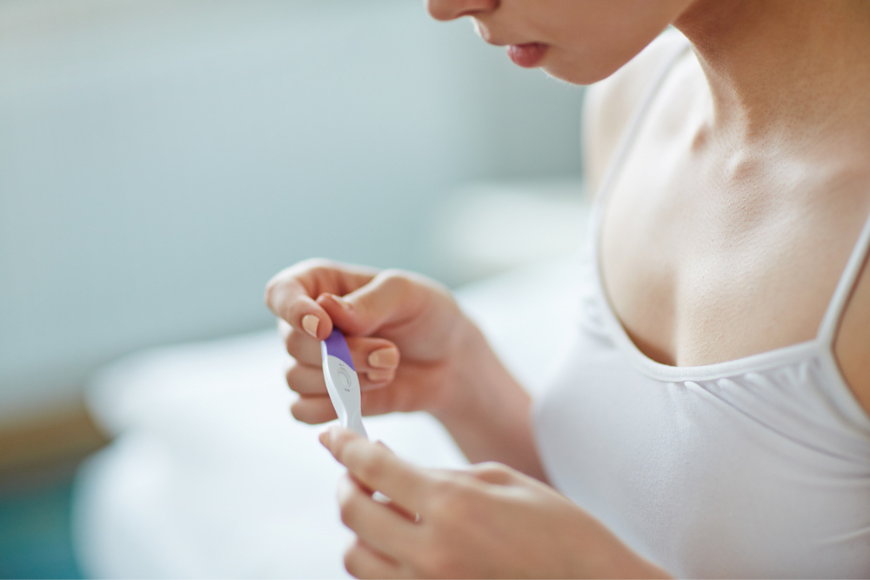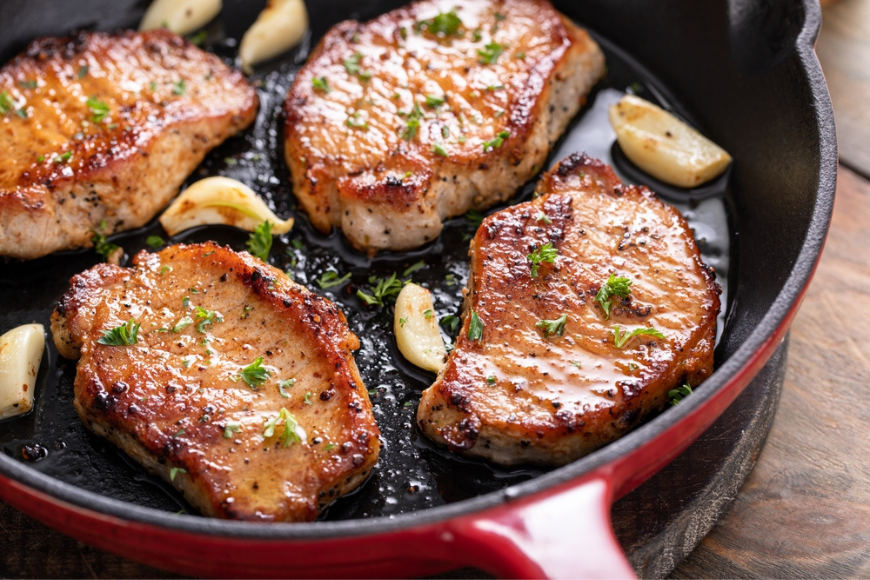Polish doesn't necessarily have to be a must-have when having a manicure. Follow these steps for healthy, strong, natural nails!
28 June 2015
| Last updated on 1 October 2019
But in fact, constantly keeping nail polish on your nails isn't always the best way to keep them healthy and well-maintained. Instead, opt for a natural manicure, which gives your nails a breather from polish, while strengthening them. Plus, it's easily done at home.
It's a simple treatment to follow and maintain, and can also be used as a pedicure for your tootsies, and will ensure your nails and cuticles are protected, as well as preventing cracking, splits and yellowing. After all, you can enjoy the comfort of the salon in your own home - and in peace!
What you'll need
Before you start, make sure you've got the following tools. Most you can find at your local pharmacy!
- Non-acetone nail polish remover
- Cotton balls
- Two small bowls for soaking fingers, or a large basin for your feet
- Warm whole milk
- Nail clippers
- Nail file
- Cuticle stick
- Cuticle, almond or olive oil
- Nail buffing block/disc
- Hand cream
- Callus file (for feet)
Remember to thoroughly clean your tools after each use. Plus, it's a good idea to replace your nail file after a few uses, or when it begins to lose its "grittiness". Before starting, you might want to find yourself a comfy place at home - be it your sofa, your balcony or your favourite chair.
You might also be interested in...
Step 1: Remove old polish
We suggest using a non-acetone polish remover because acetone polish removers, which are popular in salons, can actually strip your nails of their natural, lubricating oils and leave them brittle and weak. Gently swipe a cotton ball soaked with non-acetone polish remover over your nails. It might take a little longer - but it will do the job without drying out your nails!
Step 2: Soak
After removing all traces of polish, place a little warm whole milk into two small bowls and soak the tips of your fingers for 5 to 10 minutes. It will help to moisturise and soften your nails and cuticles, making them easier to clip and push back. If you don't have milk, use warm water with a gentle soap and a dash of oil, instead. When finished, dry your hands and nails thoroughly using a clean towel.
Step 3: Clip and file
Clip your nails, leaving your preferred length of your white nail tip above your finger pads. But be cautious: making them too short can cause an infection. Start by doing a little each time before you achieve your desired length. After clipping, use a nail file to smooth out the rough edges and finish your preferred nail shape.
Step 4: Care for your cuticles
While you may be used to the efficient cuticle cutting in your nail salon, pushing them back with a cuticle stick can still achieve the same effect - without causing you to be cut or bleed a little!
Did you know? Your cuticle acts a seal between your nail and your nail bed! It effectively provides protection against bacteria and debris that could cause infection. You should feel no discomfort while doing this - if you do, you're doing it too hard which can cause your skin to become red and inflamed.
When you're done with this step, massage a drop or two of oil (of your choosing) into your nails and the skin surrounding them, which will help to add moisture to both.
Step 5: Buff
With your buffing block/disc, gently rub each nail until you see a slight shine. It's an excellent way to help your nails shine just as much as if you had polished them. Plus, buffing boosts circulation to the nail bed, and gives slow-to-grow or weak nails a shot of fresh, oxygenated blood they need to grow stronger or faster.
Step 6: Moisturise and massage
Finally, take some time to moisturise your hands and nails with a good-quality hand cream. Squeeze out a bit more than normal, and give your hands, fingers and forearms a good self-massage. Not only will this help to hydrate your skin and nails, but it will provide you with a little time to take advantage of a little "me time".




.png?itok=HBSyMDok)









































































.png)


























.png?itok=0fOAXkOm)

























.png?itok=EH_x0Pha)
